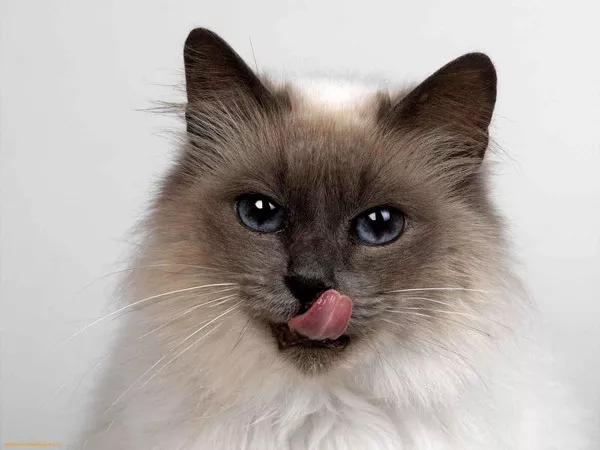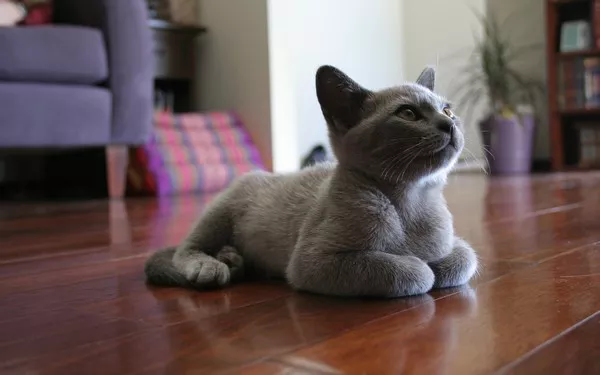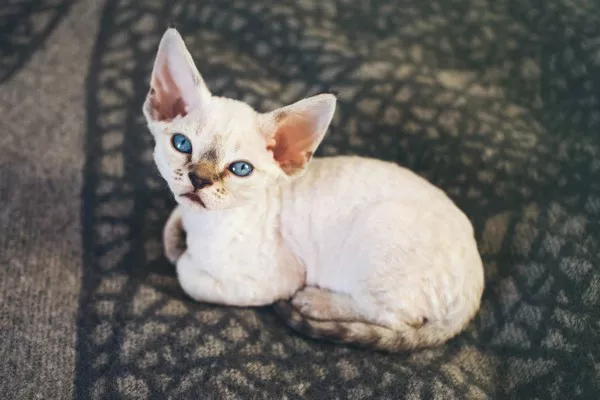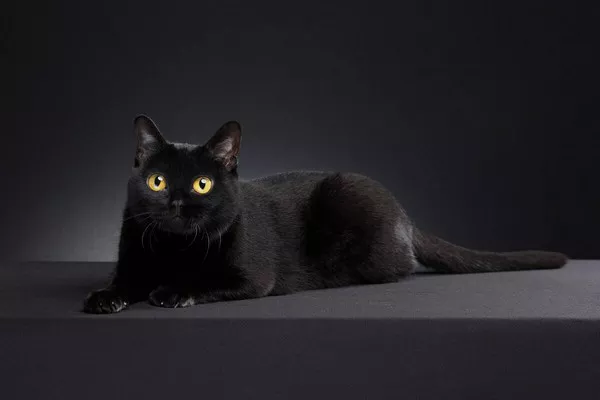Cat owners’ desire for their pets’ happiness inadvertently leads to a significant rise in feline obesity. This growing concern poses threats to cats’ health, longevity, and overall well-being. A recent research endeavor conducted by the University of Illinois Urbana-Champaign delves into the intricate workings of the digestive system and gut microbiota when cats consume excessive amounts of food.
The obesity epidemic among felines in the United States, where approximately 60% of cats are overweight, carries grave consequences, including diabetes and chronic inflammation. While numerous studies have focused on weight loss in cats, there has been a conspicuous gap in understanding the ramifications of overeating and weight gain. Kelly Swanson, co-author of the study and a professor in the Department of Animal Sciences, as well as interim director of the Division of Nutritional Sciences at the College of Agricultural, Consumer, and Environmental Sciences at the University of Illinois, shared their intent, stating, “In this study, we wanted to learn more about the metabolic and gastrointestinal changes that occur as a result of overeating and weight gain in cats.”
To investigate these effects, the study involved 11 adult spayed female cats. These cats were provided a standard diet of dry cat food for two weeks to establish baseline measurements. Subsequently, they were allowed unrestricted access to food. Blood and fecal samples were collected at regular intervals, and their physical activity was closely monitored.
Upon being granted access to overeat, the cats exhibited a substantial increase in food consumption and quickly began to gain weight. At the study’s outset, their average body condition score (BCS) stood at 5.41 on a 9-point scale. After 18 weeks of overindulgence, this score had soared to 8.27, equating to a 30% increase in weight. Similar to the body mass index (BMI) for humans, a BCS of 6 or above is classified as overweight.
Over the 20-week duration of the study, the researchers scrutinized changes in fecal output, gastrointestinal transit time, digestive efficiency (nutrient digestibility), and the composition of gut microbiota.
Swanson noted, “As cats ate more and gained weight, gastrointestinal transit time was reduced, and so was digestive efficiency. When the body gets less food, it will be more efficient in extracting nutrients. But when the amount of food increases, it passes through the digestive system faster, and fewer nutrients are extracted in the process.”
Furthermore, there were notable alterations in the composition of gut microbiota between the lean cats at baseline and those after 18 weeks of weight gain. The relative abundance of Bifidobacterium, known for its antimicrobial properties, pathogen inhibition, and immune system stimulation, increased. In contrast, Collinsella, which degrades fiber and has been associated with pro-inflammatory diseases, decreased.
These findings differ from what has been observed in overweight humans, suggesting a complex relationship between microbiota changes and weight gain. Swanson emphasized the novelty of the study’s discovery regarding gastrointestinal transit time and suggested that future studies should consider measuring transit time to better elucidate modifications to pets’ microbiome.
Concomitant with their increased food intake, the cats exhibited higher fecal output. In other words, as their consumption grew, so did their excretion. Simultaneously, the fecal pH decreased, indicating more acidic stool.
Swanson elucidated, “In humans, a low fecal pH indicates poor absorption of carbohydrates and fat. Our findings correlate with this, as reduced fecal pH aligned with higher food intake and reduced digestibility.”
Despite expectations of decreased physical activity due to weight gain, the study did not consistently observe such changes. Swanson suggested that individual cats and their environments, as well as the level of interaction with their owners, might influence activity levels.
The insights gained from this research on metabolic and gastrointestinal changes in cats due to weight gain and obesity could pave the way for more effective prevention and treatment strategies. Pet owners seeking to help their cats shed excess weight can employ various methods. A separate study by Swanson and colleagues demonstrated that restricted feeding can facilitate safe weight and fat loss in cats. Additionally, promoting activity through strategies such as stimulating foraging and using food puzzles during mealtime can enhance engagement and mental enrichment for feline companions.

























